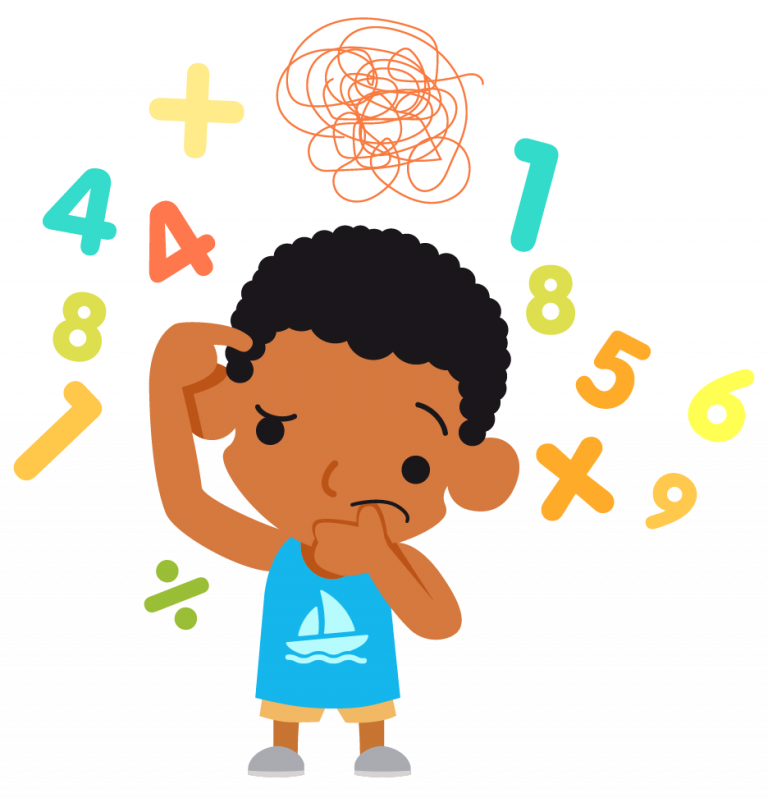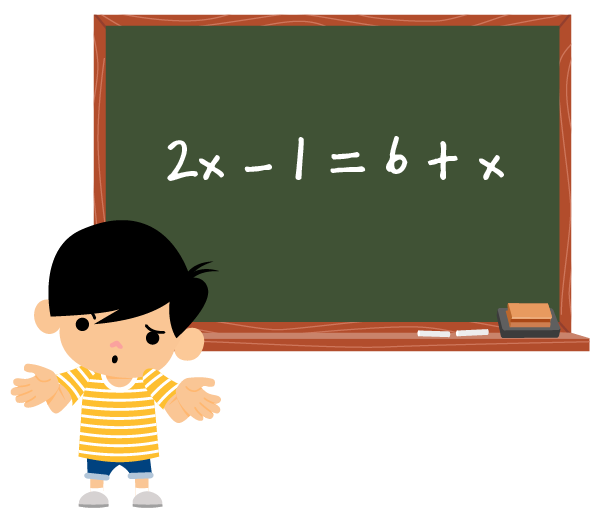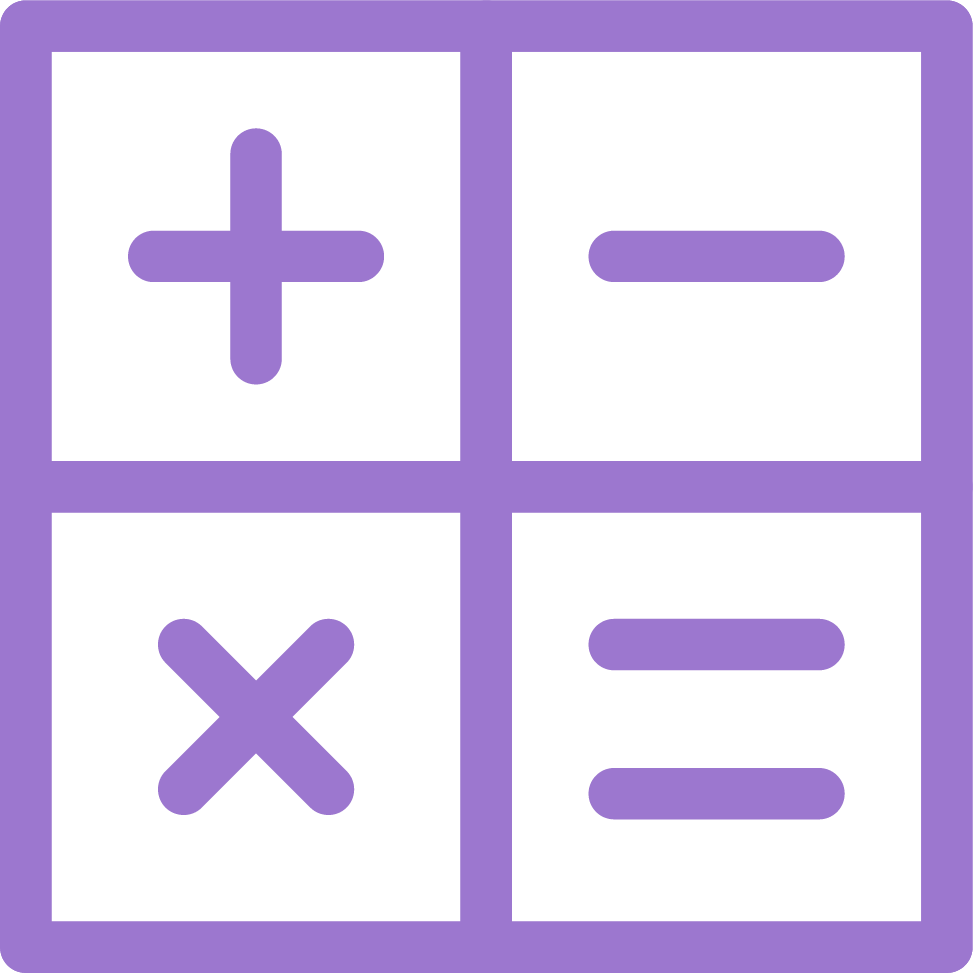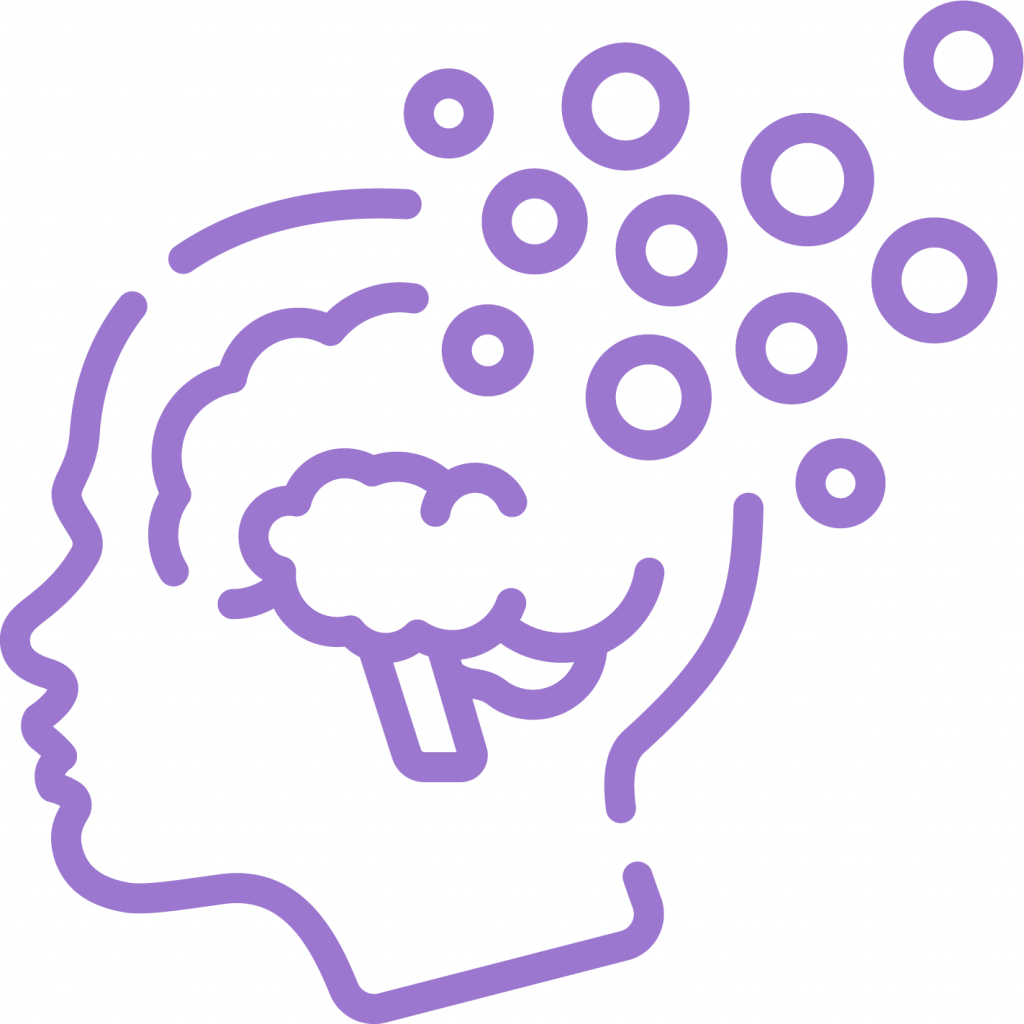What is Dyscalculia?
Dyscalculia is a specific learning disorder characterized by difficulties in the correct acquisition of arithmetic skills.
It has a similar prevalence to dyslexia, between 5% and 7% of the population has dyscalculia.
Early diagnosis decreases the risk of underachievement in mathematics and facilitates the effectiveness of the treatments.
Not all children with difficulties in math have dyscalculia, they may struggle due to other causes.


Causes of dyscalculia
Dyscalculia is caused by abnormalities in some of the structures of the brain that support the representation and processing of numerical information.
Therefore, it is said that this learning disorder has a neurobiological origin, i.e., there is a relationship between the difficulties that children with dyscalculia face in performing mathematical tasksand the structural and functional abnormalities observed in their brains.
Experts say that these anomalies at the cerebral level are determined by the biological inheritance of each person. In other words, it is a congenital disorder with an important genetic component.
If we were to take a group of people with dyscalculia and assess whether their parents also suffer from it, we would find that this is very likely to be the case. In addition, the frequency of dyscalculia among siblings of children affected by this learning disorder is ten times higher than the population frequency.

Dyscalculia symptoms
The following indicators are used based on age:
Preschoolers
Face problems:
- Learning to count.
- Remembering the order of the numbers.
- Understanding terms such as “greater than” or “less than”.
- Understanding the relationship between number and quantity.
Primary students
Have difficulty:
- Identifying arithmetic symbols and using them correctly.
- The visuospatial representation of numbers.
- Understanding the place value of numbers (ones, tens, hundreds) and placing them in written calculations.
Secondary students
Face problems:
- Applying mathematical concepts to money.
- Understanding graphs or tables.
- Understanding multi-step calculation procedures.
- Lack of numerical flexibility.
Types of dyscalculia
Difficulties in mathematics can be very different among children with dyscalculia. There are four subtypes associated with the different causes:

Basic deficiencies in numerical processing
Children with dyscalculia, who show a deficit in number sense and difficulties in understanding what are numbers, are grouped here.
Phonological processing deficiencies
This group includes children with problems counting, reading and writing numbers, and memorizing arithmetic facts.

Visuospatial deficiencies
Difficulties with the spatial representation of numbers and in understanding spatially represented information such as graphs or vertical operations.

Deficiencies in working memory and executive functions
Children with dyscalculia who have trouble sequencing multiple steps in mathematical procedures are grouped here.
Dyscalculia and other disorders.
Between 20% and 60% of children with dyscalculia have associated disorders. Attention deficit disorder and dyslexia are the problems that are most frequently and jointly presented. However, children can also be affected by other variations such as language disorders, motor development deficits, or even emotional problems such as anxiety.
Diagnosis and treatment of dyscalculia
The ideal age for detecting dyscalculia is between 6 and 8 years of age, as early diagnosis allows intervention programs to be put in place for treatment and to minimize difficulties.
To obtain a diagnosis, visit a school psycho-pedagogical office with knowledge of dyscalculia, or refer the student to the school counselor for a complete evaluation. The evaluation should include psychological tests of intelligence, attention, and reading, along with specific math tests.
After the diagnosis, specific and comprehensive interventions should be carried out. This includes dedicated work with a specialist in learning disorders, family involvement, and special curricular adaptations at school.
If you want to know if your child is at risk of having dyscalculia, do not hesitate to take this online test. You will receive the results immediately via e-mail.

